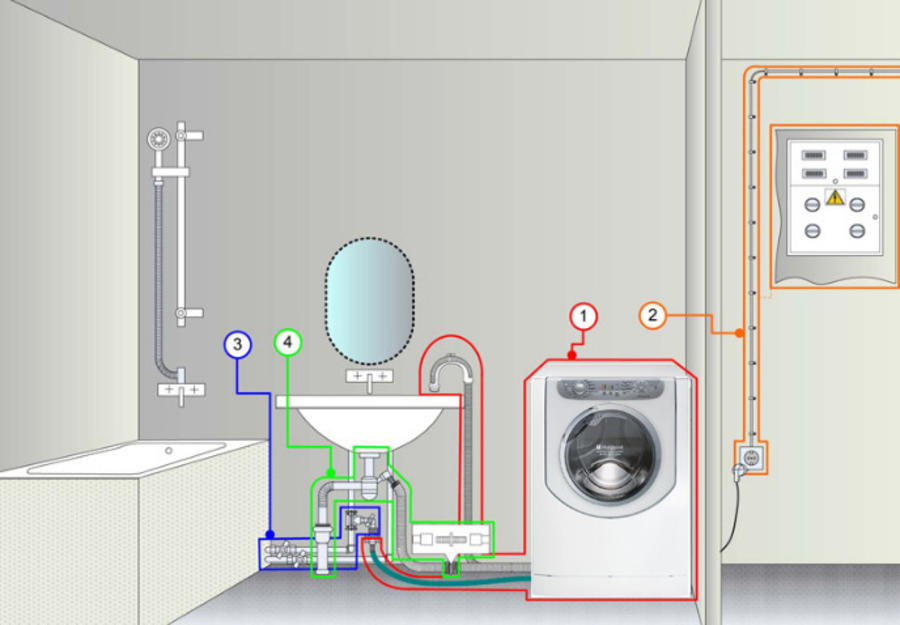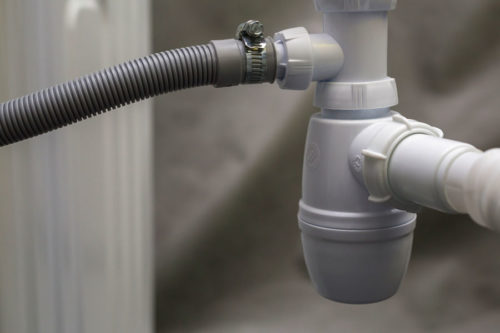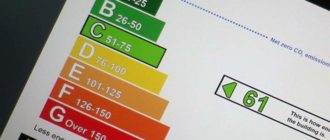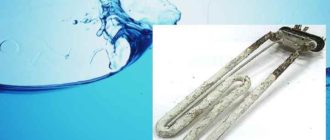Having bought a washing machine, it is not necessary to call a master for its installation. But if you still do not dare to perform the work with your own hands, the information obtained will allow you to check the correctness of the work of a specialist.
Choosing a location

This should be done taking into account the following factors
- The presence of a level floor;
- The presence of a nearby water supply and drainage system;
- The possibility of connecting the appliance directly to the mains;
- the dimensions of the appliance and the way the laundry is loaded.
As a rule, for this choose a bathroom, kitchen or hallway.
Preparing for installation
To protect against possible damage during transportation, the rotating elements of the device are fixed with the use of fasteners:
- On the back of the appliance are brackets, necessary for rigidity. These elements also hold the electric cord and hose.
- Between the body of the device and the tank are bars. To remove them, it is enough to tilt the machine slightly forward.
- Bots are used to fix the drum. The included plugs are inserted into the remaining holes.
Installation and alignment
The base must be level, stable, firm and vibration-free. Horizontal alignment is determined by the top panel. An angle of deviation of two degrees is allowed. To check if the washing machine is correctly installed, you should try to rock it. If there is no free movement or the amplitude for the different diagonals is the same, you can conclude that the process has been carried out correctly.
Connection to the water supply
The household appliance is equipped with hoses, but their size is not always sufficient. Therefore, extension cords may be necessary. The master may also ask to buy a valve or a special faucet, a tee.
The washing machine is connected to the water supply in one of the following ways:
- cutting into the pipe;
- connection to the faucet;
- Connecting to the inlet to the cistern toilet.
If the installation of washing machines will be carried out in the country, where there is no centralized water supply, you can use an alternative solution. For this voluminous water tank is raised to a height of at least one meter and it is connected to the hose from the device. During the operation of the device in the tank should be timely filled with water.
Connecting to the sewage system
Drainage of dirty water can be done in two ways:
- through a special hose directed into the bathtub or toilet (usually used temporarily);
- via a stationary drain (via a siphon with a separate outlet or via a hose connected directly to the sewage pipe).
Connection to the power supply
When choosing a socket, attention should be paid to models with a high degree of protection. It is desirable that these were products with a ceramic base and a cover that protects against moisture. Extension cords, adapters should be avoided, as additional connections can provoke an increase in temperature in the contacts and lead to a breakdown of the washing machine.
Test turn-on
When checking the correctness of installation, the machine should be started without laundry, alternately in different modes.
At this, attention is paid to:
- the speed of water intake into the tank and the correctness of the drain;
- the fluid heats up fully;
- Even rotation of the drum and the required spinning speed;
- absence of leaks.
During operation, the washing machine should not make uncharacteristic sounds.



